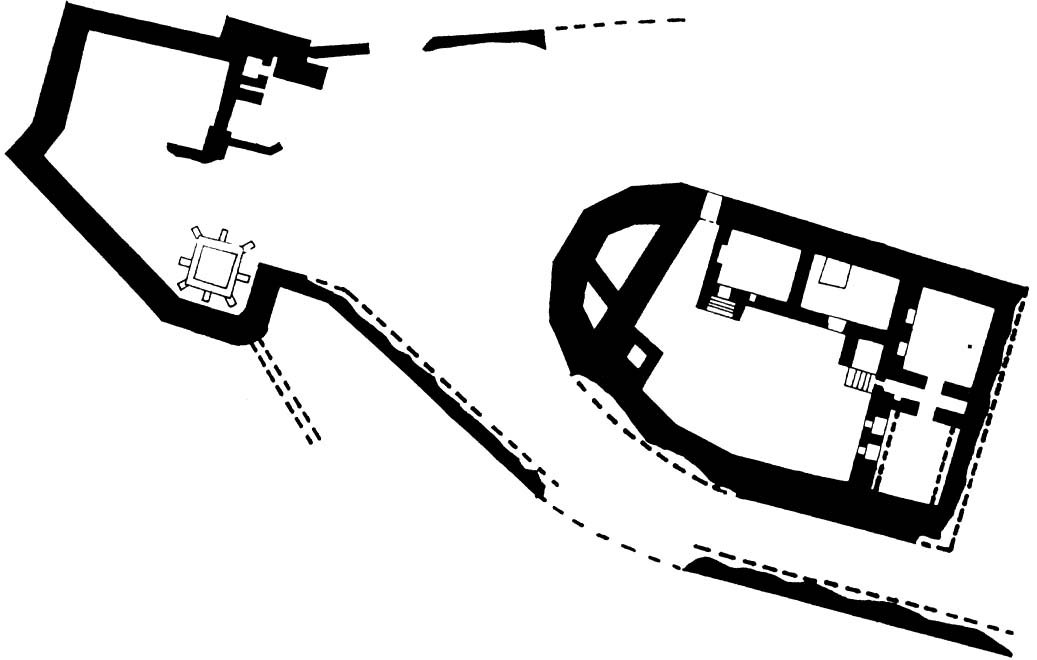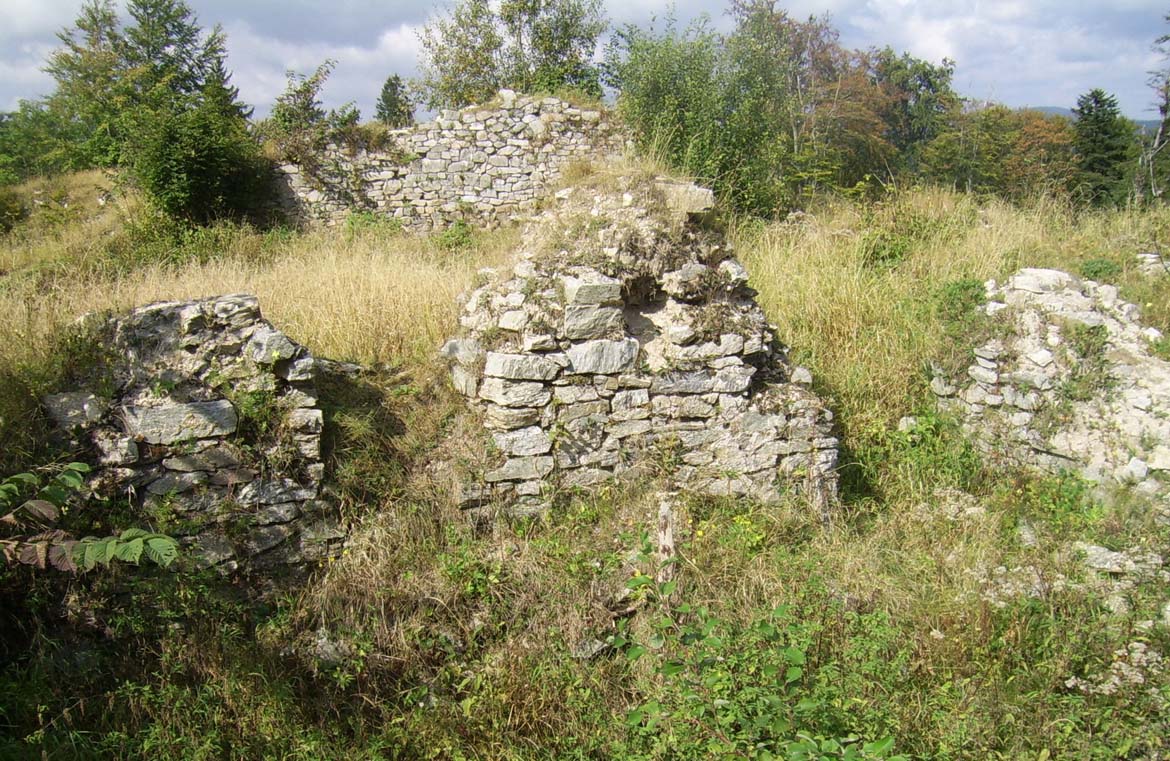History
The castle called Karpień was built at the beginning of the 14th century, perhaps in the place of an older hillfort. In the 14th and 15th centuries it was the seat of the nobility ruling the feudal lands, covering the area of the Biała Lądecka river valley and its tributaries. Located in a strategic place, it also guarded several passes through which ran commercial routes, including one of the most important ones, from Wieliczka to Prague, later called Salt Road.
In 1346, king John of Bohemia granted the castle to Tomasz Gloubos, and in 1354, Charles IV offered it to his brother John, margrave of Maravia. Then it was the property of Talwitz, Parchwitz and Niemanitz families. In 1428, it was destroyed by the Hussites, and later became the seat of the knight-robber Hinko Kruszyna of Lichnice. In 1443 it was captured by the duke of Opava and Ziębice, Wilhelm, at the head of the armies of Silesian cities, but it continued to serve as a nest of robbers. It was finally destroyed only in 1513 and it was not rebuilt.
Architecture
The castle was located on a rocky hill called Karpiak. It consisted of the upper castle and outer bailey, located on the north-west part of the castle. It covers an area of approximately 30×74 meters. The upper castle was a quadrangle, rounded from the north-west side. At the eastern curtain stood the main castle house, and at the north, a two-room building adjacent to a narrow gate. In the fifteenth century, a semicircular extension was added to the western corner, probably of a defensive character.
Current state
Only fragments of the stone walls of the basement have survived to this day. However, the division of the object into the upper and lower castle is clearly visible. Entrance to the castle is free.
bibliography:
Leksykon zamków w Polsce, red. L.Kajzer, Warszawa 2003.





